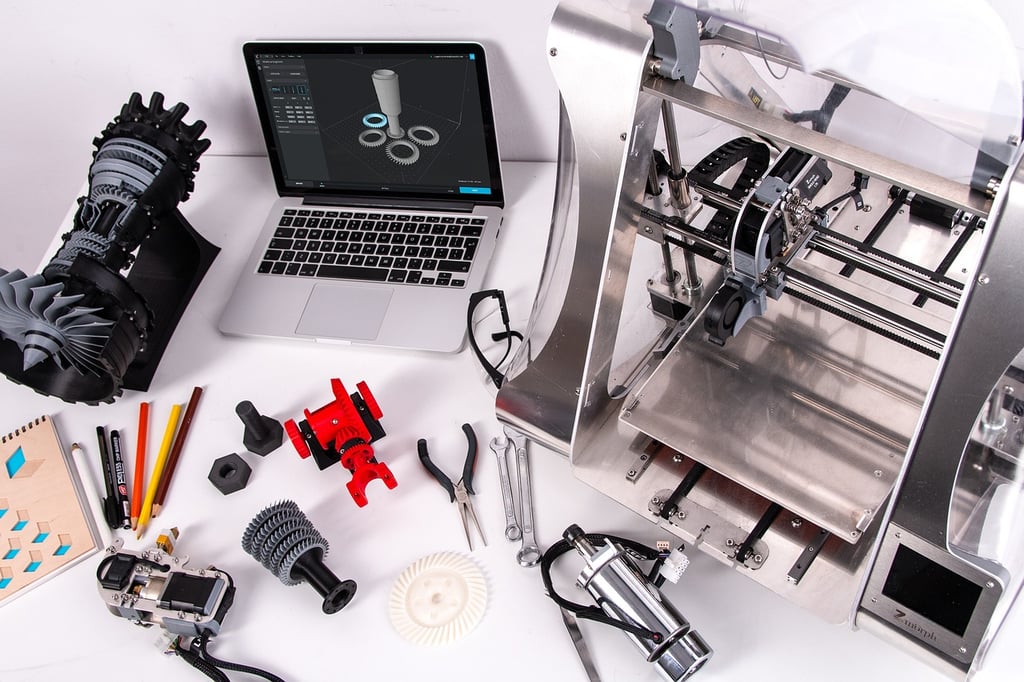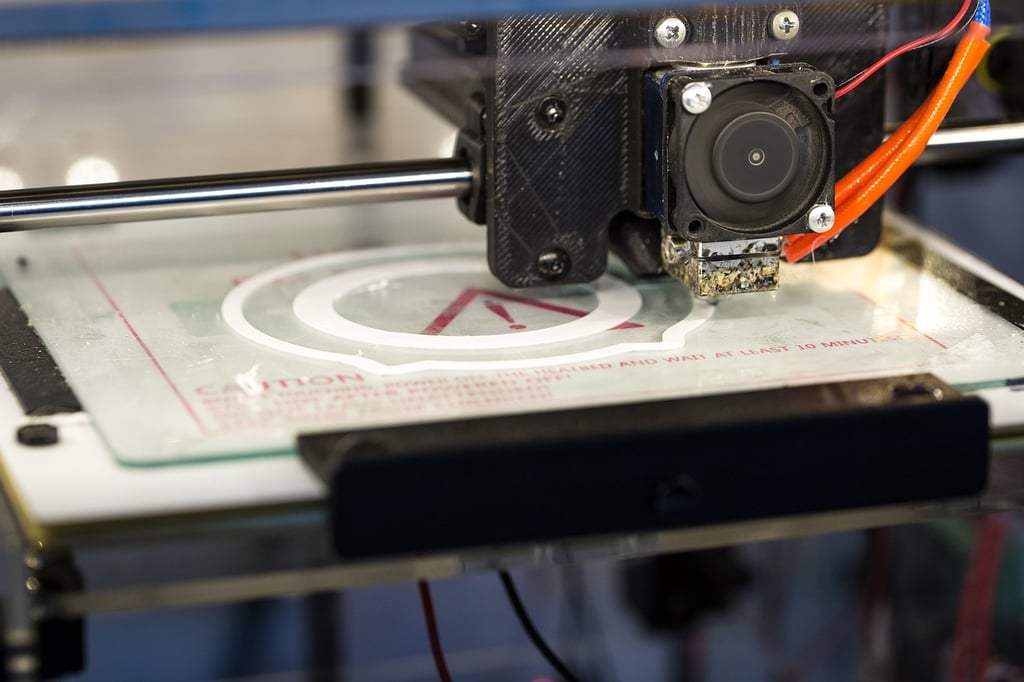The Importance of Properly Storing 3D Printer Filament
As an avid 3D printing enthusiast, you understand the importance of quality filament for achieving excellent print results. However, many people overlook the significance of properly storing their filament. In this article, we will explore the various aspects of storing 3D printer filament and provide you with valuable tips to ensure your filament remains in optimal condition.
Understanding the Impact of Moisture on Filament
One of the most critical factors to consider when storing 3D printer filament is moisture. Filament, especially those made from hygroscopic materials like nylon or PLA, readily absorbs moisture from the surrounding environment. This moisture absorption can lead to several issues, including poor print quality, clogging of the printer nozzle, and even damage to the filament itself.
When filament absorbs moisture, it becomes brittle and prone to breaking. Additionally, the moisture can cause the filament to swell, resulting in inconsistent diameter and poor layer adhesion during printing. To prevent these problems, it is crucial to store your filament in a dry environment.
Choosing the Right Storage Containers
When it comes to storing 3D printer filament, using the correct storage containers is vital. Ideally, you should opt for airtight containers that prevent moisture from entering. A popular choice is a vacuum-sealed bag or airtight plastic containers with desiccant packs. Desiccant packs are moisture-absorbing materials that help maintain a dry environment within the container.
Alternatively, if you have multiple spools of filament, investing in a filament storage box or cabinet can be a great option. These storage solutions often come with built-in desiccant compartments and humidity control features, ensuring your filament remains in optimal condition.
Controlling Humidity in the Storage Area
In addition to using appropriate storage containers, it is essential to control the humidity in the storage area. High humidity levels can significantly impact the quality of your filament. Ideally, the humidity level should be below 50%, and the temperature should be relatively stable.
If you live in a humid climate or struggle with high humidity levels in your home, consider investing in a dehumidifier for your filament storage area. This will help maintain the ideal humidity level and protect your filament from moisture absorption.
Utilizing Desiccant Packs
Desiccant packs are a valuable tool in the battle against moisture in filament storage. These small packets contain moisture-absorbing materials, such as silica gel, which help keep the environment inside the storage container dry. It is recommended to include at least one desiccant pack per spool of filament to ensure maximum effectiveness.
Remember to regularly check and replace the desiccant packs as needed. Over time, they become saturated with moisture and lose their effectiveness. By keeping a close eye on the condition of the desiccant packs, you can ensure that your filament remains moisture-free.
Organizing and Labeling Your Filament
Proper organization and labeling of your filament can save you time and prevent confusion during printing. When storing multiple spools, make sure to label each one with its material type, color, and any other relevant information. This will help you easily identify the filament you need for a specific print job without having to open each container or box.
Additionally, consider using a filament rack or holder to keep your spools organized and easily accessible. This not only saves space but also prevents tangling and damage to the filament.
3D printer filament storage, filament storage containers, moisture control, desiccant packs, humidity control, organizing filament, filament rack
Relative Articles
-
What is an Extruder in 3D Printing?
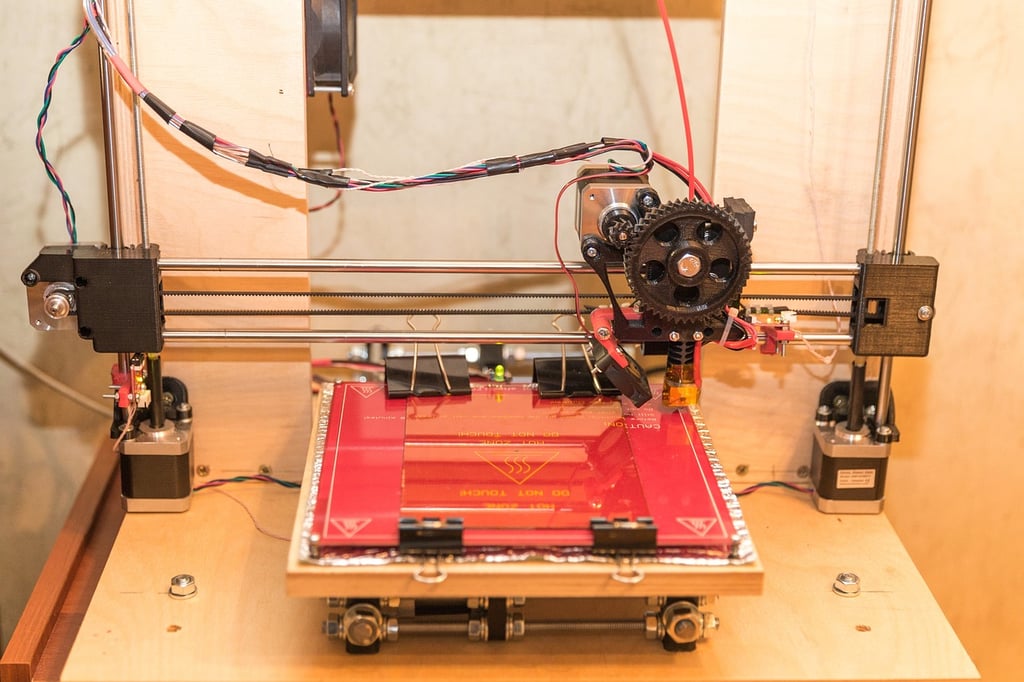
-
Is 3D Printing Hard? Exploring the Prospects of This Innovative Technology
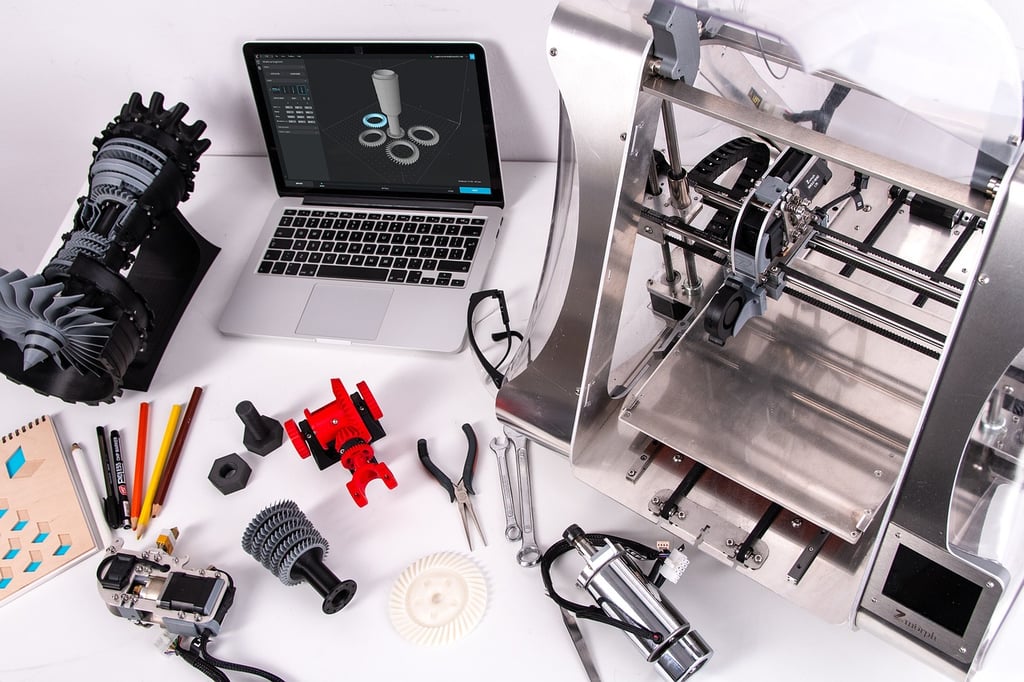
-
How to Remove Raft from 3D Print: A Step-by-Step Guide
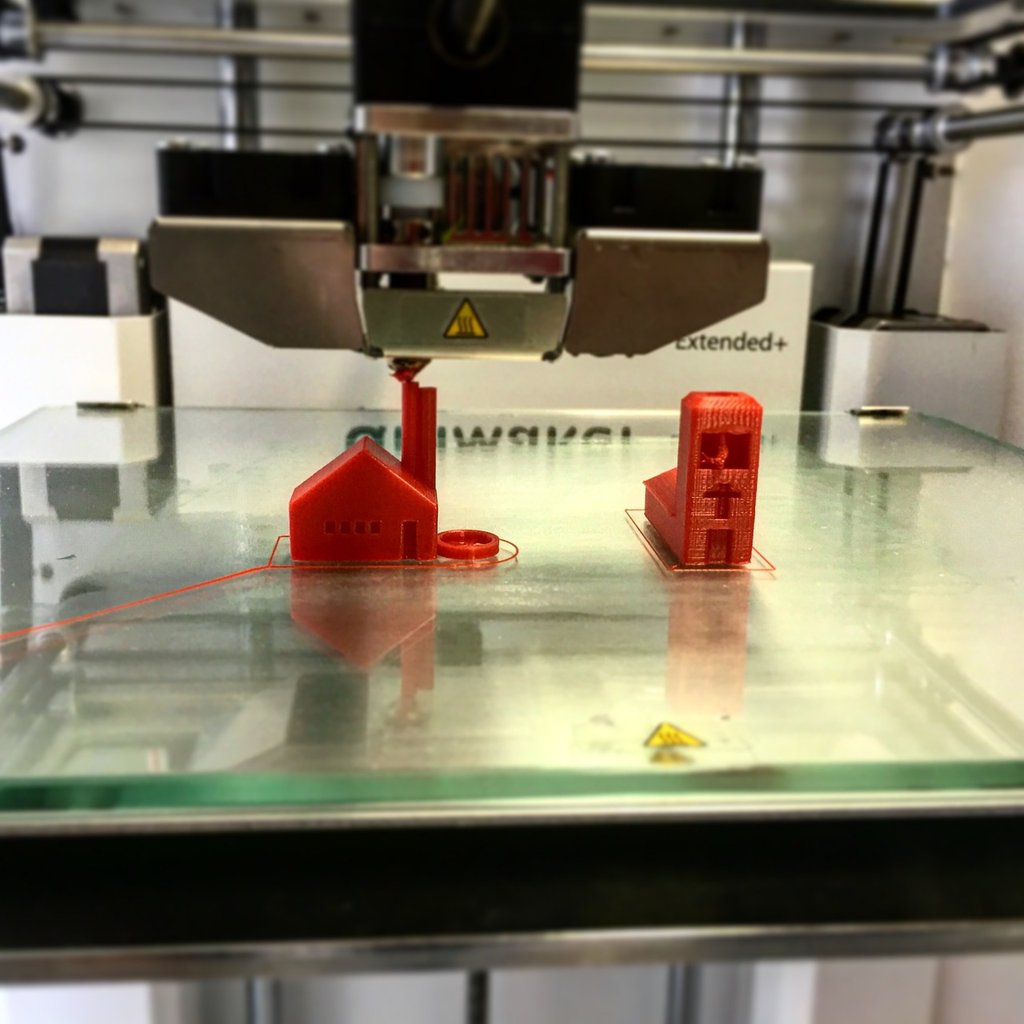
-
How to Clean Up Stringing on 3D Print
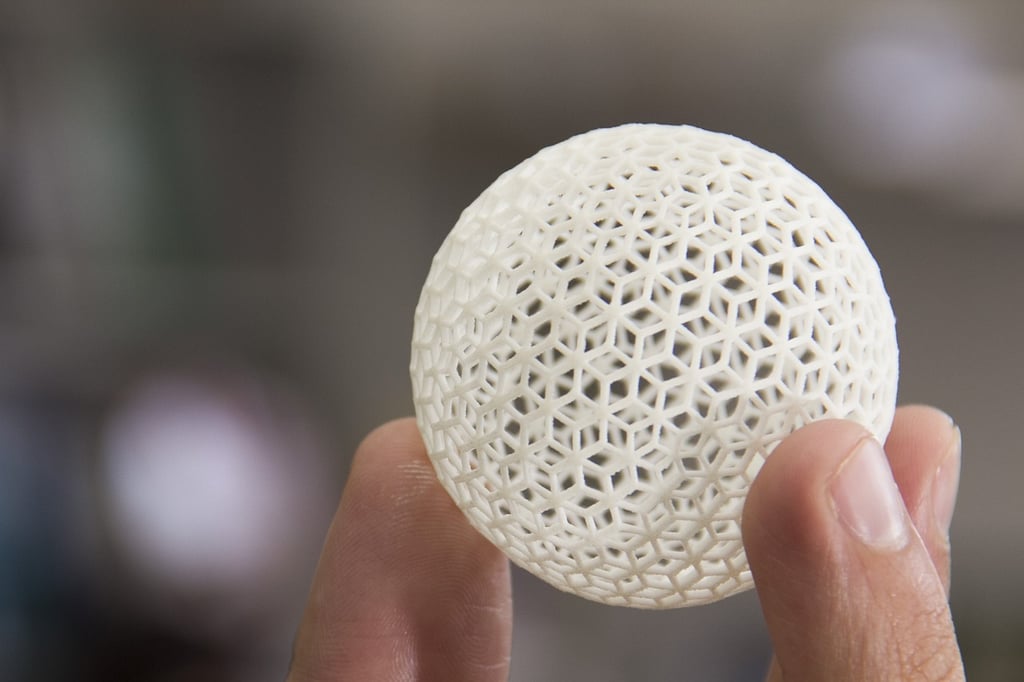
-
How to Calibrate Your 3D Printer for Optimal Performance
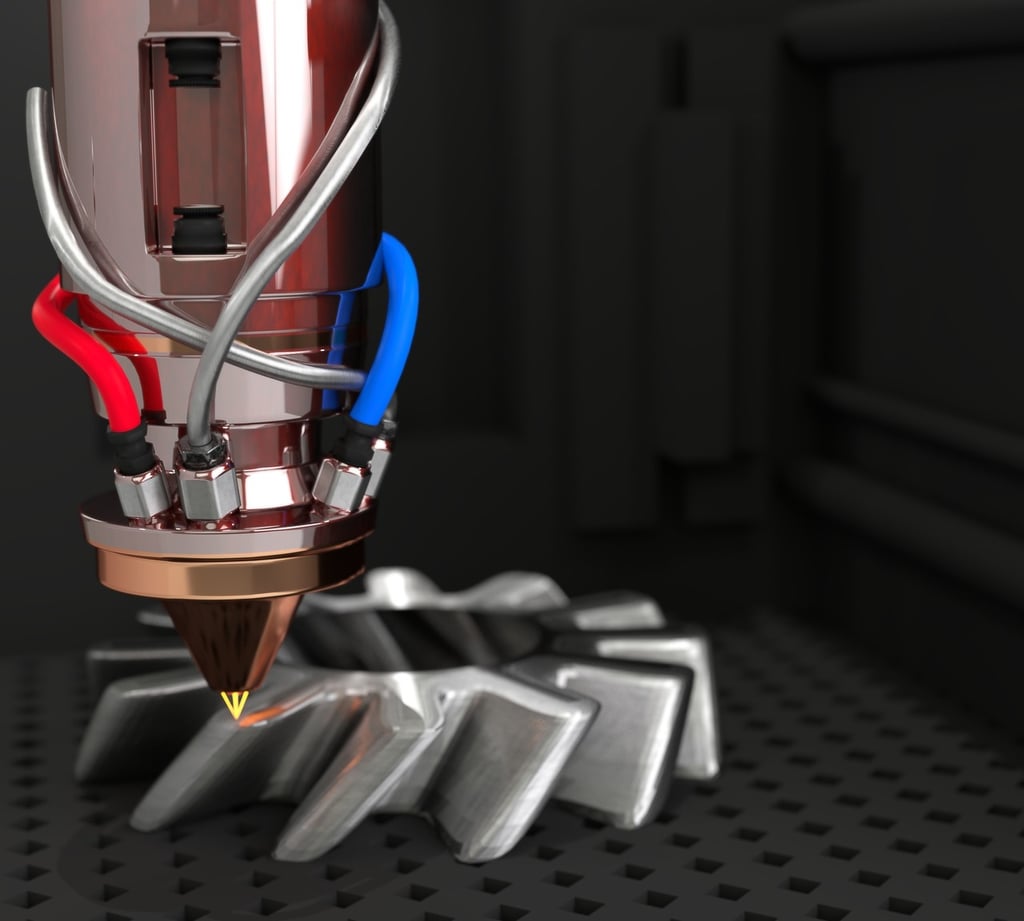
-
Can I Pause a 3D Print Overnight? Exploring the Pros and Cons
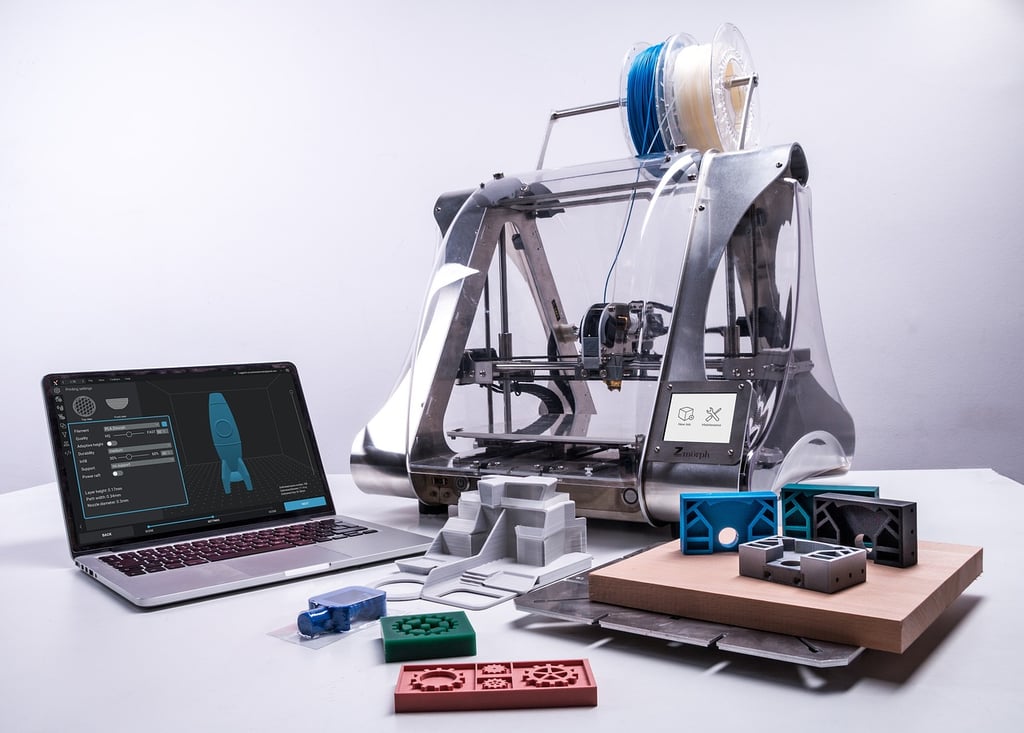
-
How to 3D Print Large Objects
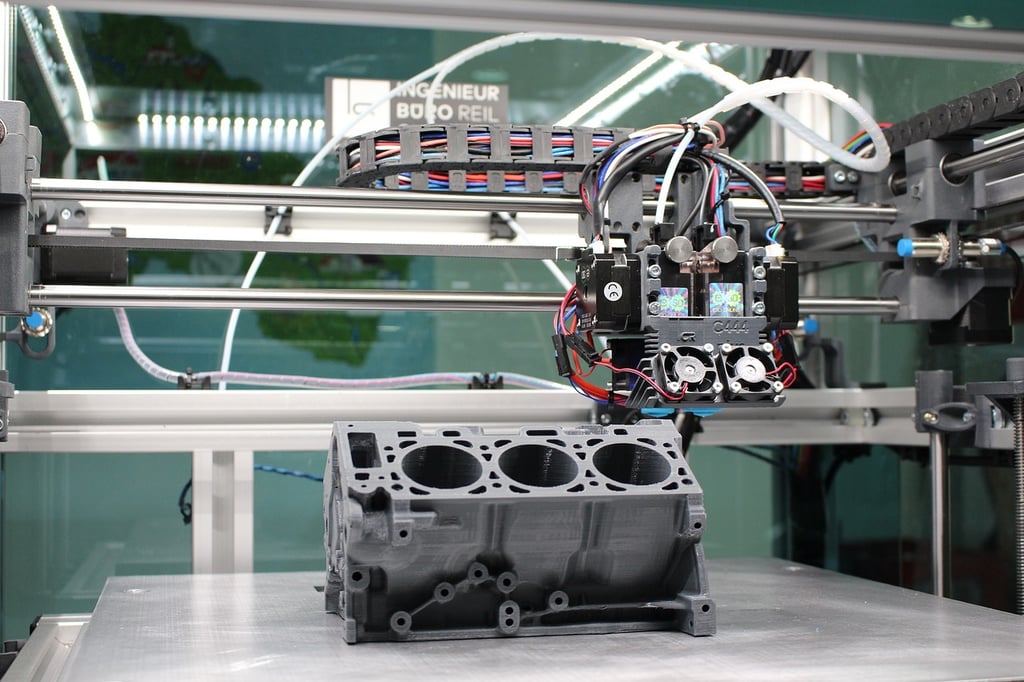
-
How to Recycle 3D Printer Filament: A Comprehensive Guide
